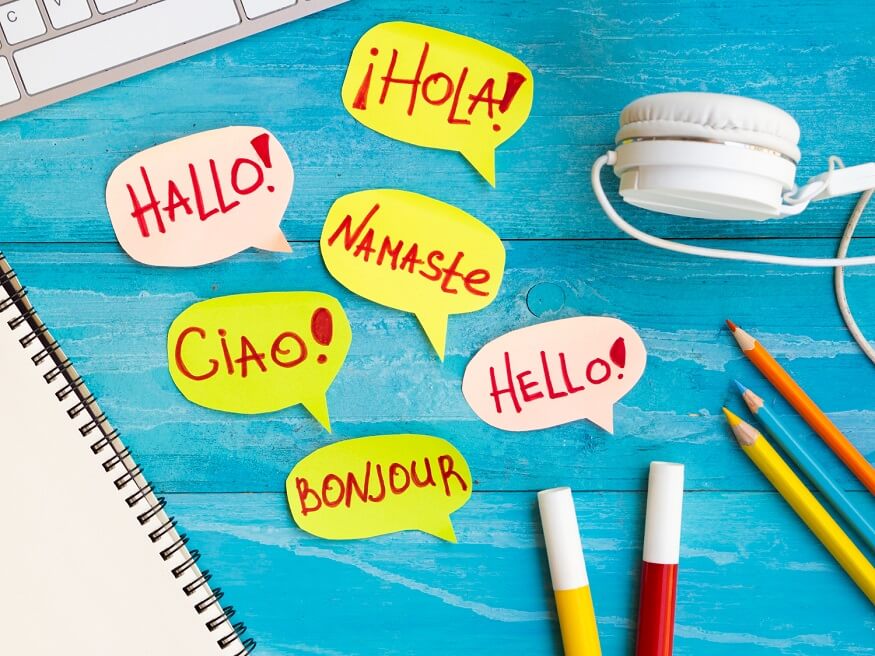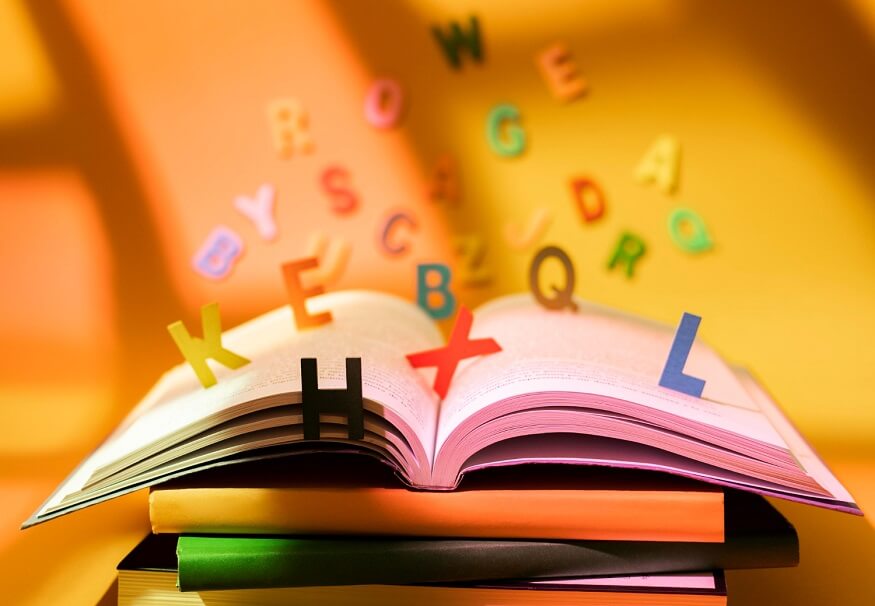The world as we know it is a vibrant collection of languages, each of which is rich in culture, history, and unique ways of thinking. In the backdrop of the globalisation of the twenty-first century, the importance of understanding this language landscape and integrating within it cannot be stressed. A child’s whole development can be strongly influenced by learning a second language, which can improve their academic, social, and cognitive skills.
Also Read: How to Celebrate English Language Day
Benefits of learning a second language
In this multilingual, multicultural milieu, learning a second language during childhood has emerged as an advantageous prospect. This asset not only enriches a child’s communicative abilities, but also confers significant benefits to cognitive, social, and educational development.
Cognitive Development
Learning a second language provides a dynamic playground for the child’s brain, honing their cognitive skills remarkably. This is because the exercise of learning a new language involves various complex processes, such as the decoding of sounds and symbols, the conversion of thoughts into language, and vice versa.
Research suggests that bilingual children display heightened mental flexibility, sometimes referred to as cognitive plasticity. This aptitude allows them to quickly adapt to changes, effectively solve problems, and exhibit improved multitasking capabilities. These children have a knack for thinking out-of-the-box, displaying creativity and innovation in their thought processes.
Further, studies have shown a correlation between learning a second language and enhanced memory functions. Bilingual children often outperform their monolingual peers in tasks requiring memory recall, demonstrating an increased ability to organise, store and retrieve information.
Social Development
Bilingualism is not just a tool for communication; it’s a bridge to diverse cultures, nurturing empathy and cross-cultural understanding in children. As children learn a second language, they also delve into its cultural context, increasing their awareness of the wider world. This exposure to multiculturalism at an early age cultivates open-mindedness and adaptability, empowering children to become global citizens who respect and appreciate differences.
In the social sphere, bilingual children can navigate social situations more smoothly, utilising their language skills to connect with a wider range of people. This social advantage can enhance their self-confidence and foster more robust relationships, thereby promoting healthy social development.
Educational Advancement
Learning a second language during childhood has a positive knock-on effect on other areas of academic growth. Children who learn a new language demonstrate better comprehension of their first language. This metalinguistic awareness, or understanding of language as a system, enables them to perform better in language-based subjects.
Moreover, children’s literacy skills, including reading, writing, and spelling, can be enhanced due to the added linguistic knowledge that a second language provides. This can, in turn, positively impact their overall academic performance.
In an increasingly globalised job market, being bilingual is an invaluable asset. It provides a competitive edge, opening up a world of opportunities in fields such as diplomacy, international business, and academia, to name a few.
Caveat and Conclusion
While these benefits are profound, it is important to remember that the process of learning a second language should be engaging and enjoyable for the child. Pressure or rote learning could lead to burnout and might even instil a fear of languages, defeating the purpose of this enriching experience.
In a nutshell, equipping children with a second language does much more than expanding their vocabulary. It fosters cognitive growth, social integration, and educational advancement, shaping them into versatile and adaptable individuals. Amid the global shift towards a multicultural society, learning a second language in childhood is no longer a luxury, but a necessity. The world is a beautifully diverse tapestry, and our children, with their bilingual threads, can weave their unique patterns into it.
Also Read: Role of Textbook in Language Teaching and Learning
Tips to raise a bilingual child
Raising a bilingual child can be an enriching journey, but it requires consistent efforts and an adaptable approach. Here are some tips to help facilitate this process:
Start Early: Language acquisition is easiest during the early years of a child’s life. Try to introduce the second language as early as possible, ideally from birth. Babies and toddlers have an amazing capacity for absorbing information, making this the ideal time to lay the foundations of bilingualism.
Consistency is Key: Establish a consistent approach for using languages. This could be the ‘One Parent, One Language’ approach, where each parent consistently speaks a different language to the child. Alternatively, you can choose to use one language at home and the other outside, or dedicate specific times of the day to each language. Consistency helps the child to recognise and differentiate between languages.
Create a Fun and Interactive Environment: Language learning should not be a chore. Incorporate the second language into daily activities, songs, games, and stories. This will make the learning process enjoyable and more effective.
Immerse Them in the Language: If possible, expose your child to native speakers and real-life situations where the language is used. This could be through playgroups, travel, cultural events, or even language-immersion schools. Such experiences can reinforce what they learn at home and make the language come alive for them.
Encourage Use of Both Languages: Encourage your child to use both languages actively. They should feel free to express themselves in either language. Positive reinforcement when they use the second language can be a good motivator.
Be Patient and Positive: Learning a language is a long-term journey. There might be times when progress seems slow, or when the child favours one language over the other. It’s important to stay patient and maintain a positive attitude. Every child learns at their own pace.
Read and Write: While speaking and listening are essential components of language learning, don’t forget about reading and writing. Reading bilingual books can improve vocabulary and grammar, while writing can enhance language understanding and use.
Promote Cultural Understanding: Alongside language learning, cultivate a sense of appreciation and respect for the cultures associated with the languages. This will give the language a context, making it more meaningful and engaging for your child.
Also Read: 25 Books all children should read before they are 18
Keep in mind that each child is unique, so what suits one child may not suit another. Be adaptable, pay attention to your child’s preferences, and change your strategy as needed. Rather than aiming for perfection, the objective should be to let the youngster feel at ease using the language. A bilingual child can be successfully raised with perseverance and commitment.
EuroSchool is a great choice for students who are interested in learning a second language. The school’s multilingual approach to education provides students with the opportunity to learn languages in a variety of ways. This allows students to find the method that works best for them and to achieve their language learning goals.










